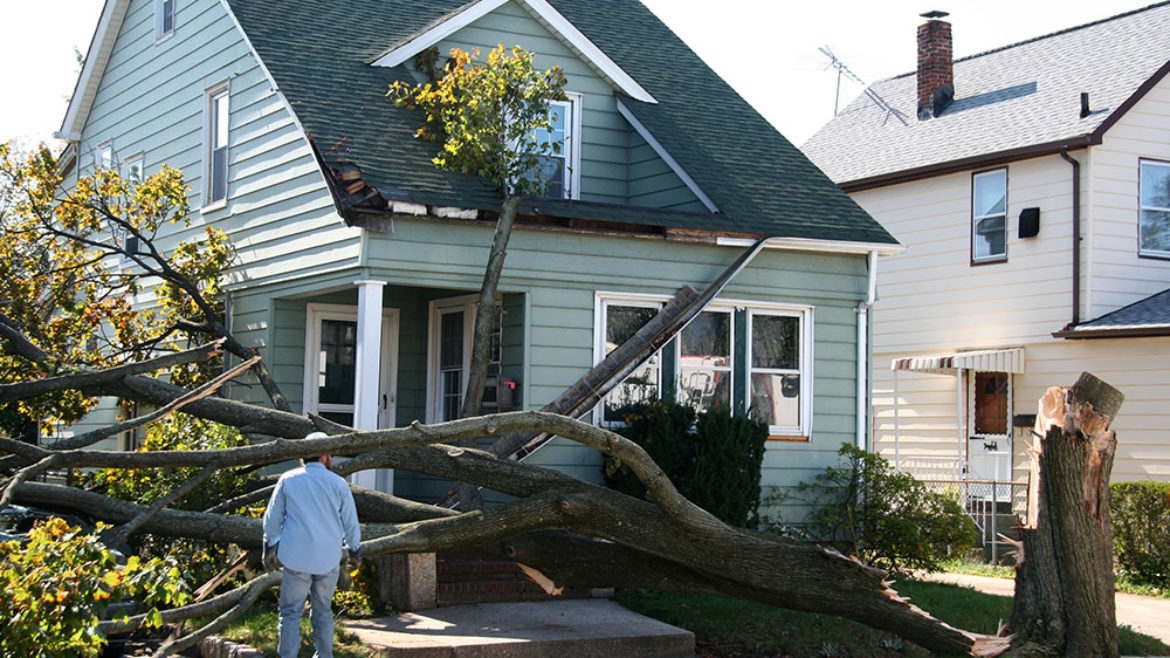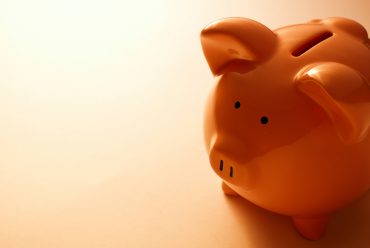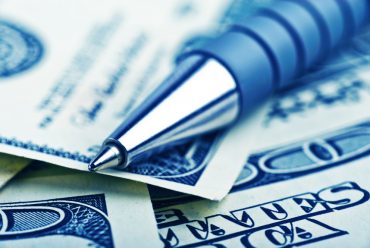Protecting Your Home When Disaster Strikes
No one enjoys thinking about natural disasters, especially the effects that they have on our homes. Here at Nations Lending, we do business all across the United States and are well versed on how to handle all types of disasters from hurricanes to tornados to earthquakes. With the recent devastating Hurricane Matthew and the damage it brought to the south and southeast we wanted to touch base on what to do to before and after a disaster in regards to your home.
Nations Lending and others look to FEMA (Federal Emergency Management Association) for declarations of official disasters. Anyone can visit FEMA for an updated list of FEMA’s declared disaster areas and learn about aid programs and financial assistance that may be available to help recover.
From Nations Lending’s perspective, it is important that the borrower and the property are not negatively impacted. Here are the steps to take before and after a disaster to ensure personal safety as well as minimize property damage.
Before Natural Disaster
Identify your risks. Knowing the most common hazards that you might encounter in your area is the first step to becoming prepared. Specific preparations will be different from disaster to disaster. The nonprofit Federal Alliance for Safe Homes provides a map that shows the severe weather risks for your state. It’s also important at this point to go through your insurance policies and see what is covered and what they will require of you.
Create an emergency kit. Don’t wait until the last minute to create an emergency kit! According to Ready.Gov, an emergency kit should include:
- Water — one gallon per person per day, for at least three days
- Food — a three-day supply of non-perishables (and a can opener)
- Battery-powered (or hand-crank) radio, with extra batteries
- Flashlight, with extra batteries
- First aid kit
- Whistle, to signal for help
- Cellphone, with chargers (or a solar charger)
- Cash and change
Address your home’s vulnerabilities. Homeowners can often feel helpless against destructive weather. To help minimize this, there are strategies that you can use to help prevent damage to your home. In the case of hurricanes, for instance, you can mount storm shutters, build a safe room or install hurricane straps to help keep your roof in place when fierce winds blow. In many instances, preparing against one threat can protect you from others as well.
Take inventory. Cataloging your personal property with a home inventory might sounds tedious but it will save a lot of time and stress in the event that you lost items in a disaster. Taking a home inventory can help ensure fair insurance reimbursement, simplify the recovery process and even make it easier to apply for federal disaster aid.
Create and practice and emergency plan. Your emergency plan should be robust, addressing things like family communications (Where will you meet? How will you communicate?); escape route planning (an alternate way out from each room in your home); and guidance on shutting off utilities such as water, electricity and natural gas (which is frequently responsible for fires following a disaster). You should also practice the plan, so that you can identify any weak spots. Devastating natural disasters like Hurricane Matthew, the Asian tsunami and the earthquake in Japan have awakened many to our vulnerabilities. While preparedness doesn’t happen overnight, taking concrete steps now can lessen your risk and offer you some peace of mind.
After Natural Disaster
Determining potential damage. Someone is responsible for determining the potential damage to a property located in an area where a disaster is occurring or has occurred. Irrespective of whether a property was included in the area covered by the declaration, if a lender has reason to believe that a property might have been damaged the appropriate action must be taken to ensure that the property is free from damage and meets a lender’s requirements.
Damage to house. Borrowers should know that regardless of whether FEMA has formally declared a disaster, all transactions showing any indication of damage to the collateral (the house) can be an issue for lenders. Properties require evidence that the subject has, or sustained, no damage, and may require a satisfactory re-inspection; funding delays may occur.
Government assistance. Government agencies also have policies, and help, regarding properties damaged in a disaster. For example, the Federal Housing Administration (FHA) offers guidance for assisting individuals and families with FHA-insured mortgages secured by single family residential properties in Presidentially-Declared Major Disaster Areas. Properties in these areas are subject to a 90-day moratorium on foreclosures following the disaster. Fannie Mae and Freddie Mac offer options for mortgage assistance and forbearance, or a temporarily suspension or reduction in a homeowner’s mortgage payments for up to ninety days if the servicer believes a natural disaster has adversely affected the value or habitability of the property or if the natural disaster has temporarily impacted the homeowner’s ability to make payments on their mortgage.
One can prepare for a disaster, and it is good to know Nations Lending and the government can help in the event of one!









No Comments